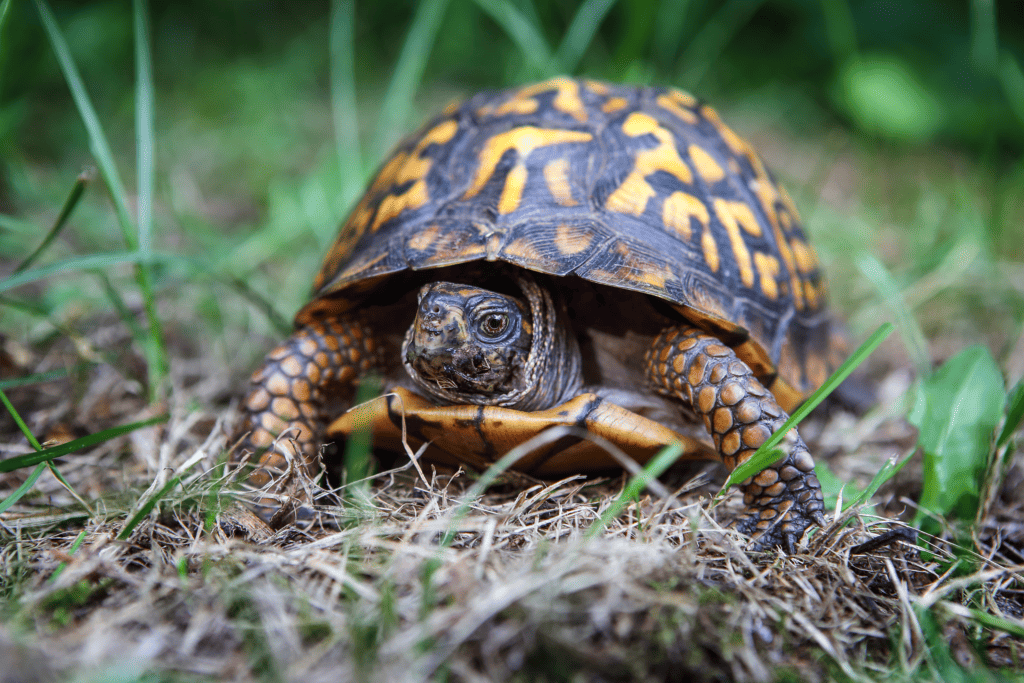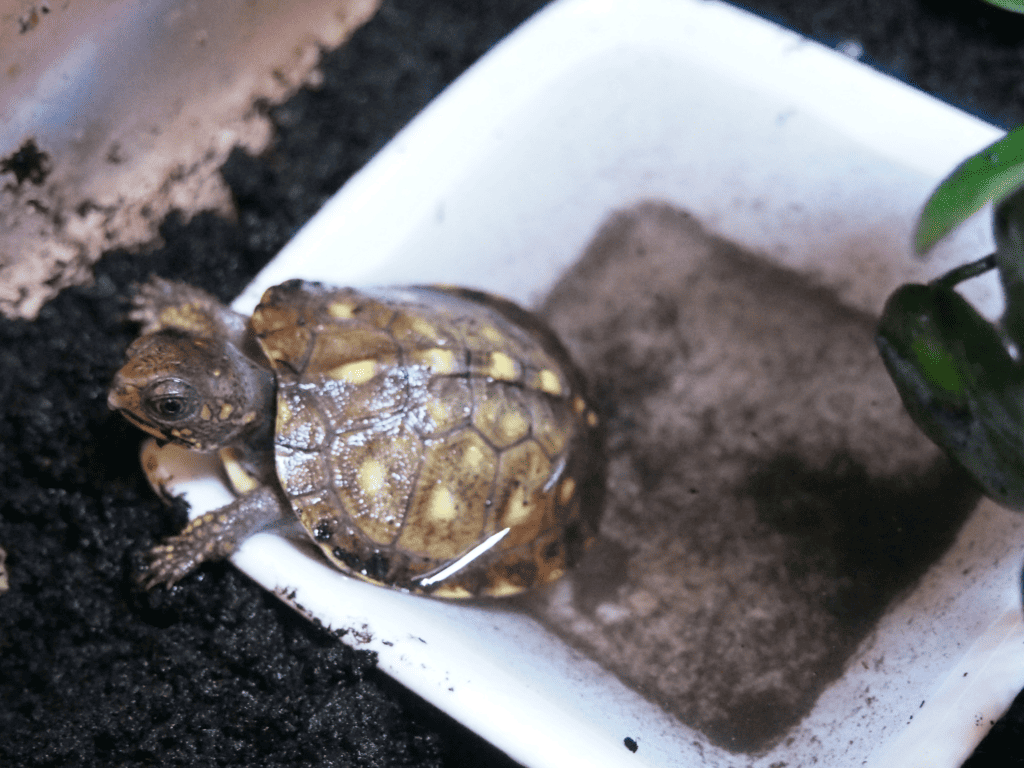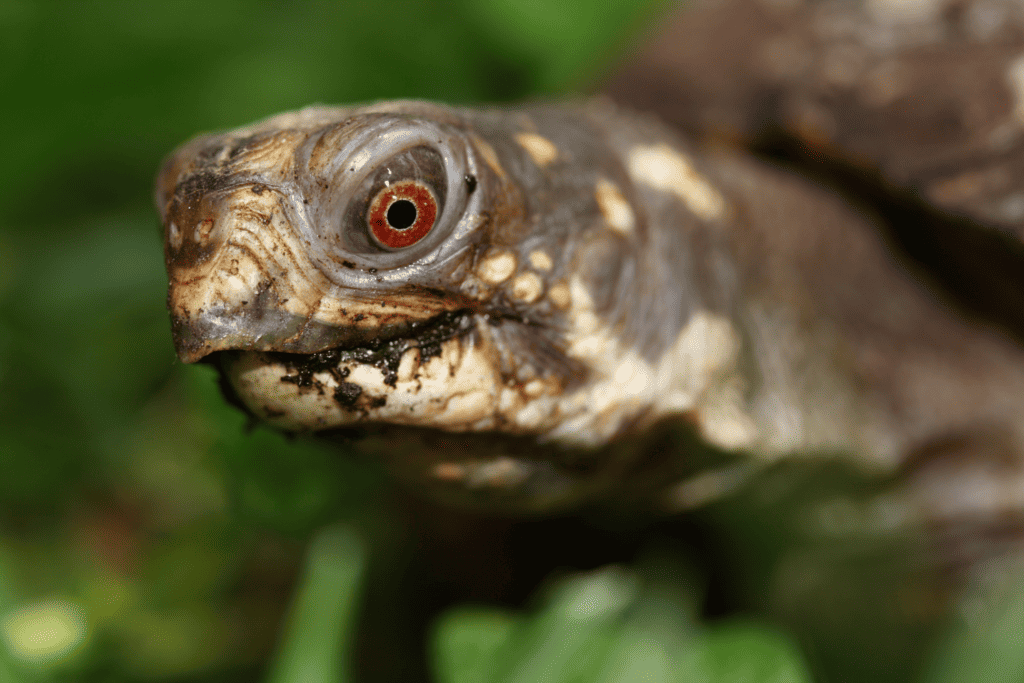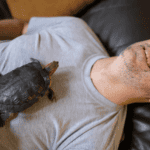Box turtles are a popular pet among reptile enthusiasts, and for good reason. These turtles are relatively easy to care for, and can make great companions for people of all ages. However, creating the perfect habitat for a box turtle can be a bit tricky. In this article, we’ll go over everything you need to know to create a healthy and happy home for your pet box turtle.
Setting Up the Tank
The first step in creating a box turtle habitat is setting up the tank. Box turtles need a lot of space to move around, so you’ll need a tank that is at least 4 feet long and 2 feet wide. You should also make sure that the tank has a secure lid to prevent your turtle from escaping.
When choosing a tank, it is recommended to use a glass terrarium. This type of enclosure allows for better visibility and allows the turtle to feel more secure.
Here are some key considerations when setting up the tank:
- Size of the tank: at least 4 feet long and 2 feet wide
- Secure lid to prevent escape
- A glass terrarium is best
Do Box Turtles require an area to swim?
Box turtles are primarily terrestrial animals and do not require an area to swim. In fact, providing a swimming area for a box turtle can be dangerous as they are not strong swimmers and may struggle to get out of the water. Instead, it is important to provide a shallow water dish for soaking and drinking. This will allow your turtle to stay hydrated and maintain good shell health.
However, there are certain species of box turtles like the aquatic box turtles that may require an area to swim. It is important to research the specific species you have or planning to have and adapt the enclosure accordingly.
Here are some key considerations for swimming area:
- Box turtles are primarily terrestrial animals and do not require an area to swim
- Provide a shallow water dish for soaking and drinking
- Certain species of box turtles may require an area to swim, research the specific species you have or planning to have and adapt the enclosure accordingly.

Substrates and Decorations
The next step in creating a box turtle habitat is choosing the right substrate and decorations. Box turtles need a soft substrate to walk on, so you should use a substrate made from coconut fiber, sphagnum moss, or cypress mulch. These substrates are easy to maintain, and help to keep the humidity levels in the tank high.
Decorations are also important for creating a natural-looking habitat for your box turtle. You can use rocks, logs, and plants to create a natural-looking environment. However, be sure to choose non-toxic plants and make sure that the decorations you choose are safe for your turtle to interact with.
Some key considerations for substrates and decorations are:
- Soft substrate, such as coconut fiber, sphagnum moss or cypress mulch
- Decorations should be non-toxic and safe for turtle
- Decorations like rocks, logs, and plants are a good idea
Lighting and Temperature
Box turtles need both heat and light to stay healthy. You should provide your turtle with a basking spot that is kept at a temperature of around 85-90 degrees Fahrenheit. This can be achieved with a basking lamp or a heat lamp.
You should also provide your turtle with UVB lighting. UVB lighting is essential for a turtle’s overall health, as it helps them to produce vitamin D3. This is crucial for their bone health and overall well-being.
Here are some key considerations for lighting and temperature:
- A basking spot with a temperature of 85-90 degrees Fahrenheit
- UVB lighting is essential
- Basking lamp or heat lamp can be used to achieve the right temperature
Feeding and Nutrition
Box turtles are omnivores and eat a variety of foods including fruits, vegetables, worms, and insects. It’s important to provide a balanced diet for your turtle to ensure that it receives all the necessary nutrients. You should also provide a calcium supplement to support shell growth and overall health.
Here are some key considerations for feeding and nutrition:
- Box turtles are omnivores
- Provide a balanced diet that includes fruits, vegetables, worms, and insects
- Provide a calcium supplement to support shell growth and overall health

Water and Hydration
Water is important for your box turtle’s overall health. You should provide a shallow water dish for your turtle to soak in and drink from. You should also mist the enclosure regularly to keep the humidity levels high. It is also important to change the water and clean the dish regularly to prevent the growth of bacteria.
Here are some key considerations for water and hydration:
- Provide a shallow water dish for soaking and drinking
- Mist the enclosure regularly to keep humidity levels high
- Change and clean the water dish regularly to prevent bacteria growth
Health and Care
Box turtles are generally hardy animals, but they are susceptible to certain health issues. Common health problems include shell problems, respiratory infections, and eye infections. It is important to keep an eye on your turtle’s health and seek veterinary care if you notice any signs of illness.
To prevent health issues, it is important to keep the enclosure clean and maintain the correct temperature and humidity levels. It is also important to provide a balanced diet and access to clean water.
Here are some key considerations for health and care:
- Common health issues include shell problems, respiratory infections, and eye infections
- Keep the enclosure clean and maintain the correct temperature and humidity levels
- Provide a balanced diet and access to clean water
Enrichment and Behaviour
Box turtles need mental and physical stimulation to stay healthy and happy. Providing hiding spots, climbing structures, and other forms of enrichment can help to keep your turtle active and engaged. Box turtles are also known to be very curious and they like to explore their environment, so providing different types of terrain and new items to explore will make them happy.
Here are some key considerations for Enrichment and Behaviour:
- Provide hiding spots and climbing structures
- Keep your turtle active and engaged
- Provide different types of terrain and new items to explore
Breeding and Reproduction
Box turtles are relatively easy to breed and reproduce. They reach sexual maturity at the age of 5-8 years and they can lay eggs between May and August. It is important to provide a suitable place for laying eggs, such as a nesting box filled with moist soil or sand. Once the eggs are laid, it’s important to incubate them at a temperature of around 80-85 degrees Fahrenheit for around 60-90 days. Once the hatchlings are born, they should be kept in a separate enclosure and provided with proper care.
Here are some key considerations for breeding and reproduction:
- Box turtles reach sexual maturity at the age of 5-8 years
- Provide a suitable place for laying eggs, such as a nesting box filled with moist soil or sand
- Incubate eggs at a temperature of around 80-85 degrees Fahrenheit for around 60-90 days
- Keep hatchlings in a separate enclosure and provide proper care

Choosing the Right Turtle
There are many different types of box turtles, each with their own unique characteristics and requirements. It is important to do your research and choose a turtle that is well-suited to your lifestyle and experience level. Some of the most popular types of box turtles include the Eastern Box Turtle, the Three-Toed Box Turtle, and the Ornate Box Turtle. Be sure to consider factors such as size, diet, and life expectancy when choosing your turtle.
Here are some key considerations for choosing the right turtle:
- Different types of box turtles have different characteristics and requirements
- Do your research and choose a turtle that is well-suited to your lifestyle and experience level
- Consider factors such as size, diet, and life expectancy when choosing your turtle
Conclusion
Creating a healthy and happy home for your box turtle requires a bit of effort, but it is well worth it. By providing your turtle with a spacious tank, a soft substrate, and decorations, heat and light, you can ensure that your turtle will be happy and healthy for years to come. Remember to always conduct research and consult with a veterinarian for more information on how to best take care of your pet box turtle.






